Gender and Subversion
By Tristan Serrano, Ella Cupit and Mia Morgan
The Manifestation of Masculinity/Femininity
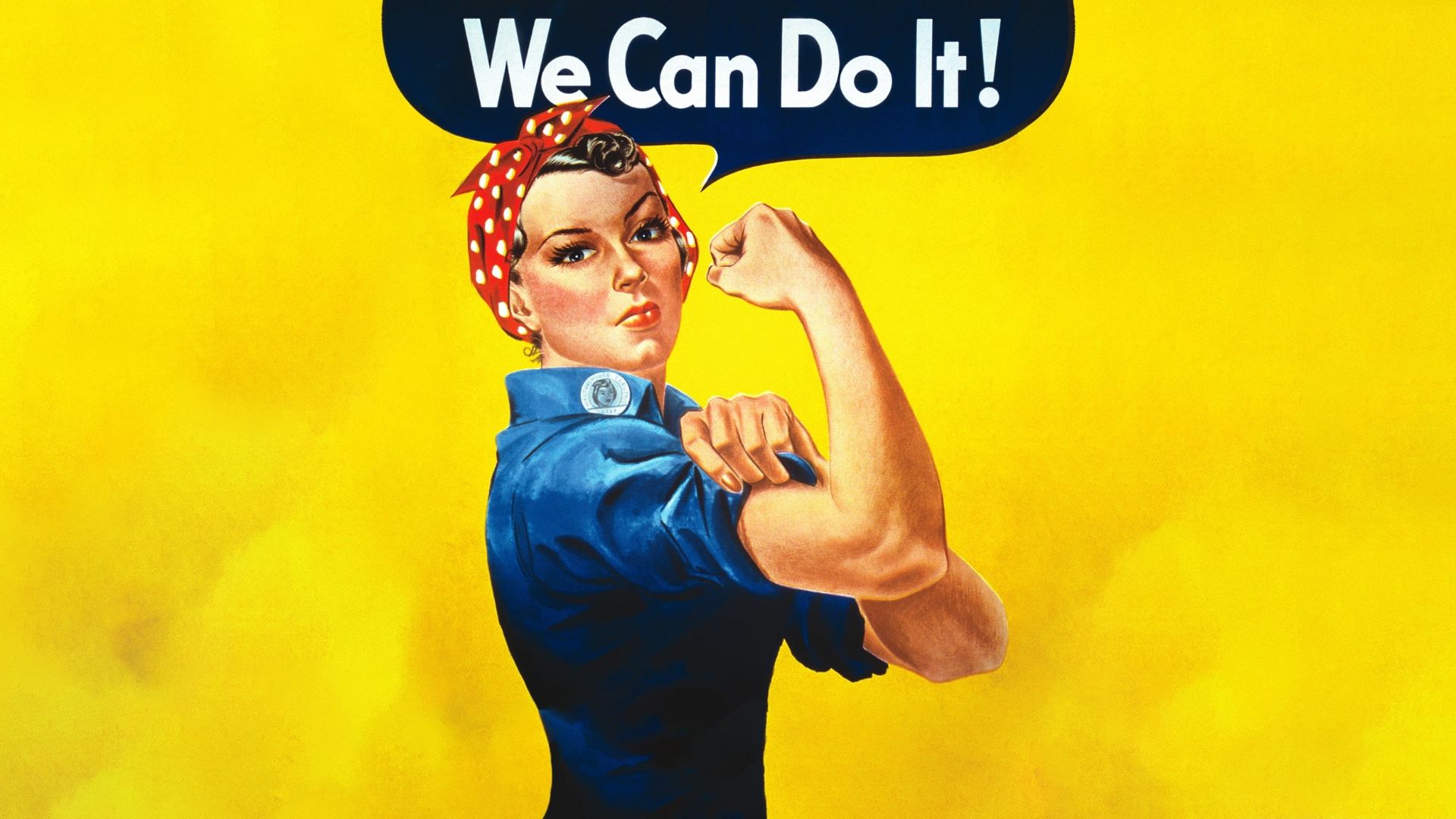
Gender roles have been an established truth in society since supposedly the Victorian Era (Selemin, 2022) as that was the time when gender was characterised by their roles in society.
During these times men were expected to partake in the public spheres such as politics and business, while women were often expected to partake in the private sphere taking care of their children and doing the housework (Selemin, 2022).
Back then if you were to diverge from these roles that society expects of you, society would see you in a bad light, so not only were gender roles the dominant way of life for most people it was also a way for society to judge individual people's reputation.
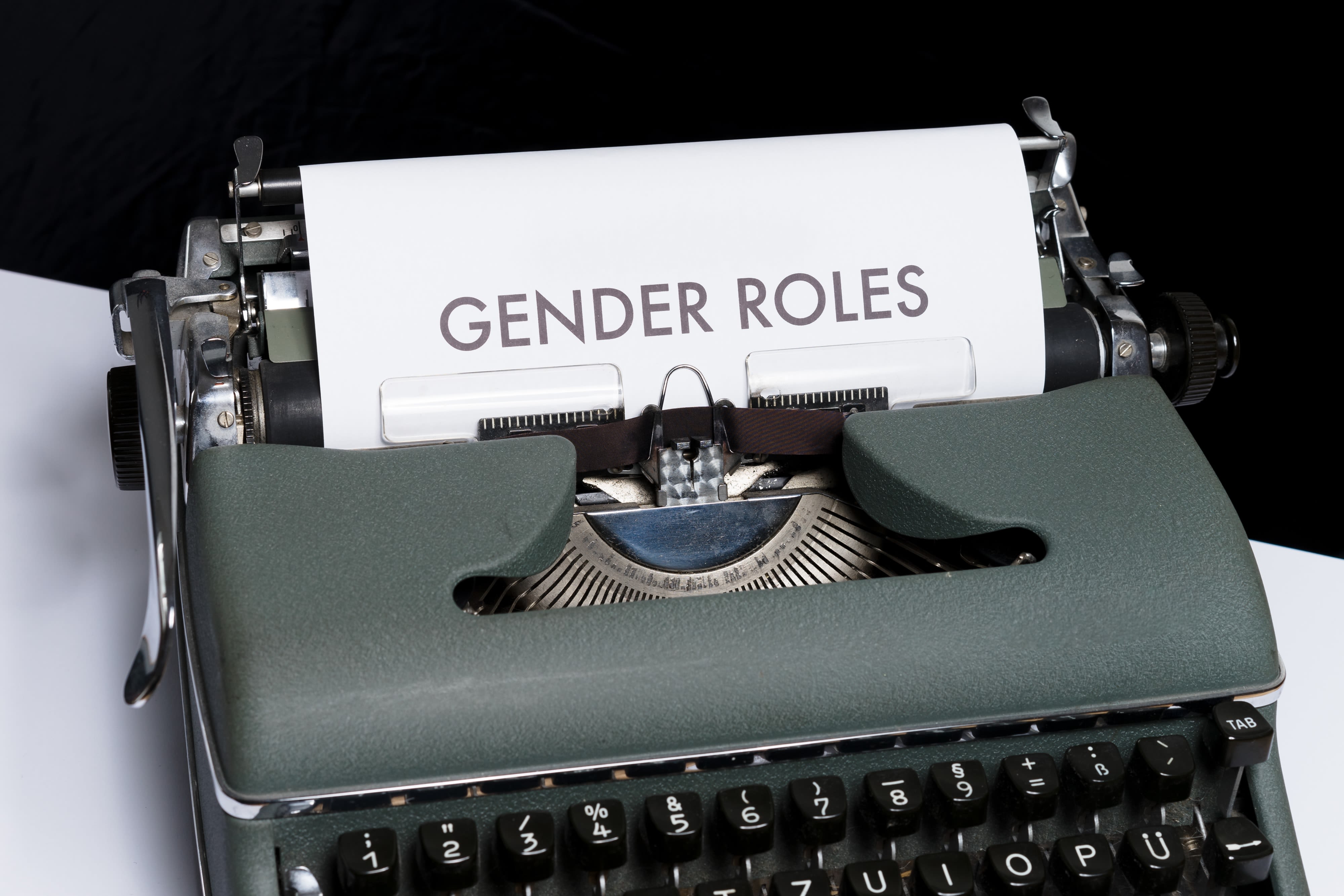
Photo by Markus Winkler on Unsplash
Photo by Markus Winkler on Unsplash

"Shifting Tides: Evolving Gender Roles from the Victorian Era to Contemporary Society"
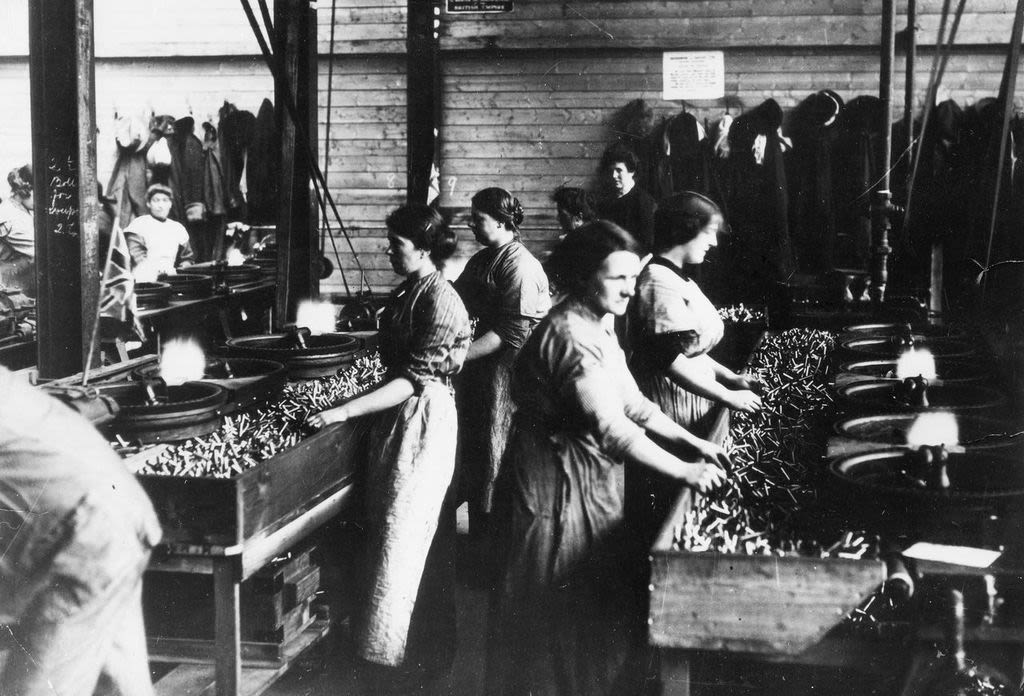



Following the Victorian Era, the early to mid-20th century saw significant shifts in gender roles due to factors such as industrialization, urbanization, and two world wars. Women's participation in the workforce increased during World War I and II, as they took on roles traditionally held by men who were away at war. This period marked a departure from the strictly defined gender roles of the Victorian Era, as women demonstrated their capabilities beyond the domestic sphere (Smith, 2018).
The feminist movements of the 20th century further challenged traditional gender roles and advocated for women's rights and equality. The second wave of feminism in the 1960s and 1970s pushed for legal reforms, reproductive rights, and greater opportunities for women in education and employment. These efforts contributed to broader societal changes, including greater acceptance of women in leadership positions and the recognition of their contributions to various fields (Smith, 2018).
Meanwhile, men's roles have also evolved, albeit with less visibility. While traditional notions of masculinity emphasizing strength and stoicism still persist in some contexts, there has been a growing recognition of the diversity of male experiences and the need to challenge stereotypes that limit men's emotional expression and caregiving roles (Connell, 2005).
In contemporary society, gender roles continue to evolve in response to changing social, economic, and cultural dynamics. Efforts to promote gender equality and diversity have led to increased representation of women in traditionally male-dominated fields and greater recognition of non-binary and transgender identities. However, challenges remain, including gender-based discrimination, unequal pay, and persistent stereotypes that influence expectations and opportunities based on gender (Connell, 2005).
While significant progress has been made since the Victorian Era, the journey towards gender equality is ongoing, requiring continued advocacy, education, and policy changes to dismantle entrenched norms and create a more inclusive and equitable society.
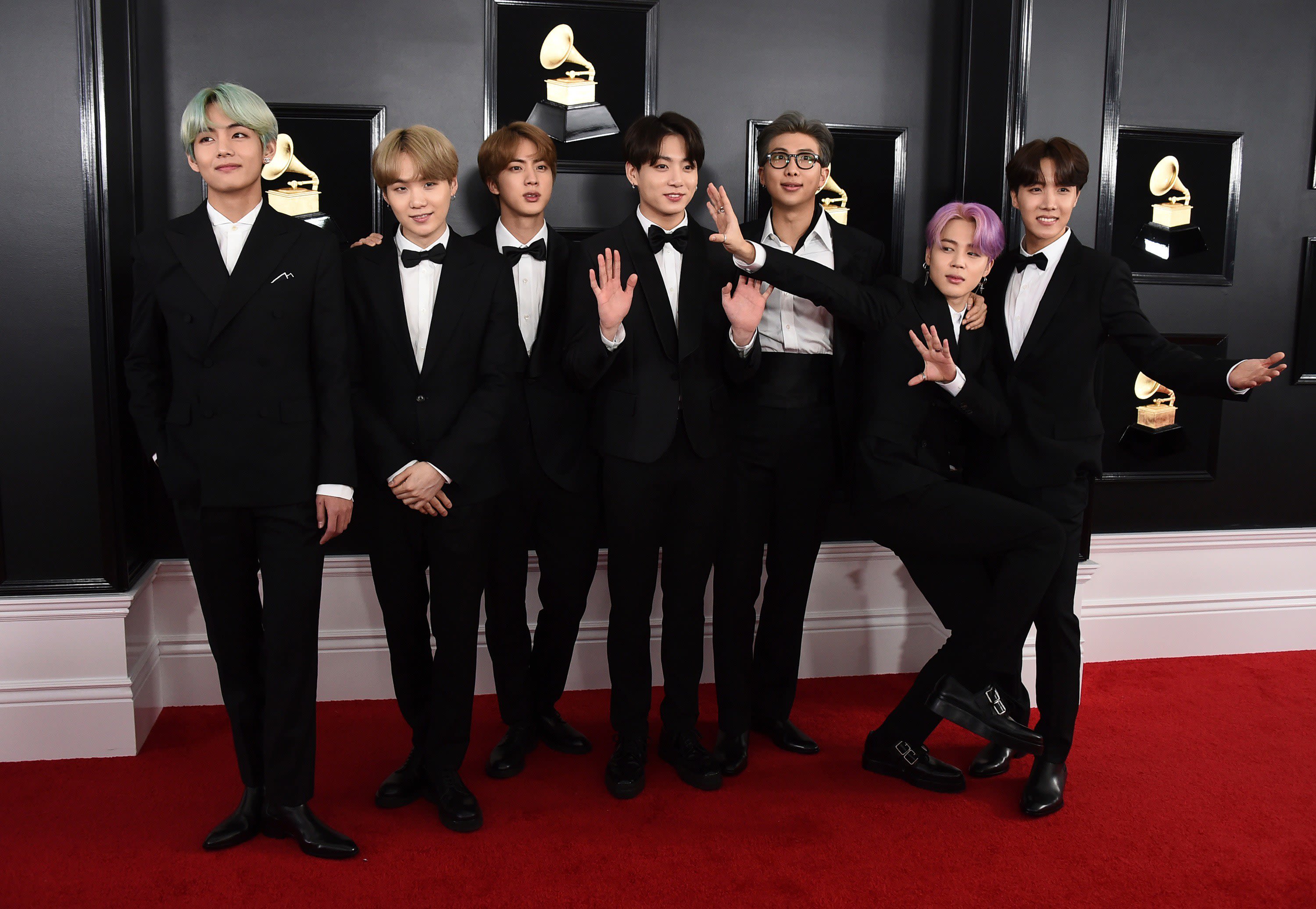
Subversions In Media: Example in Kpop
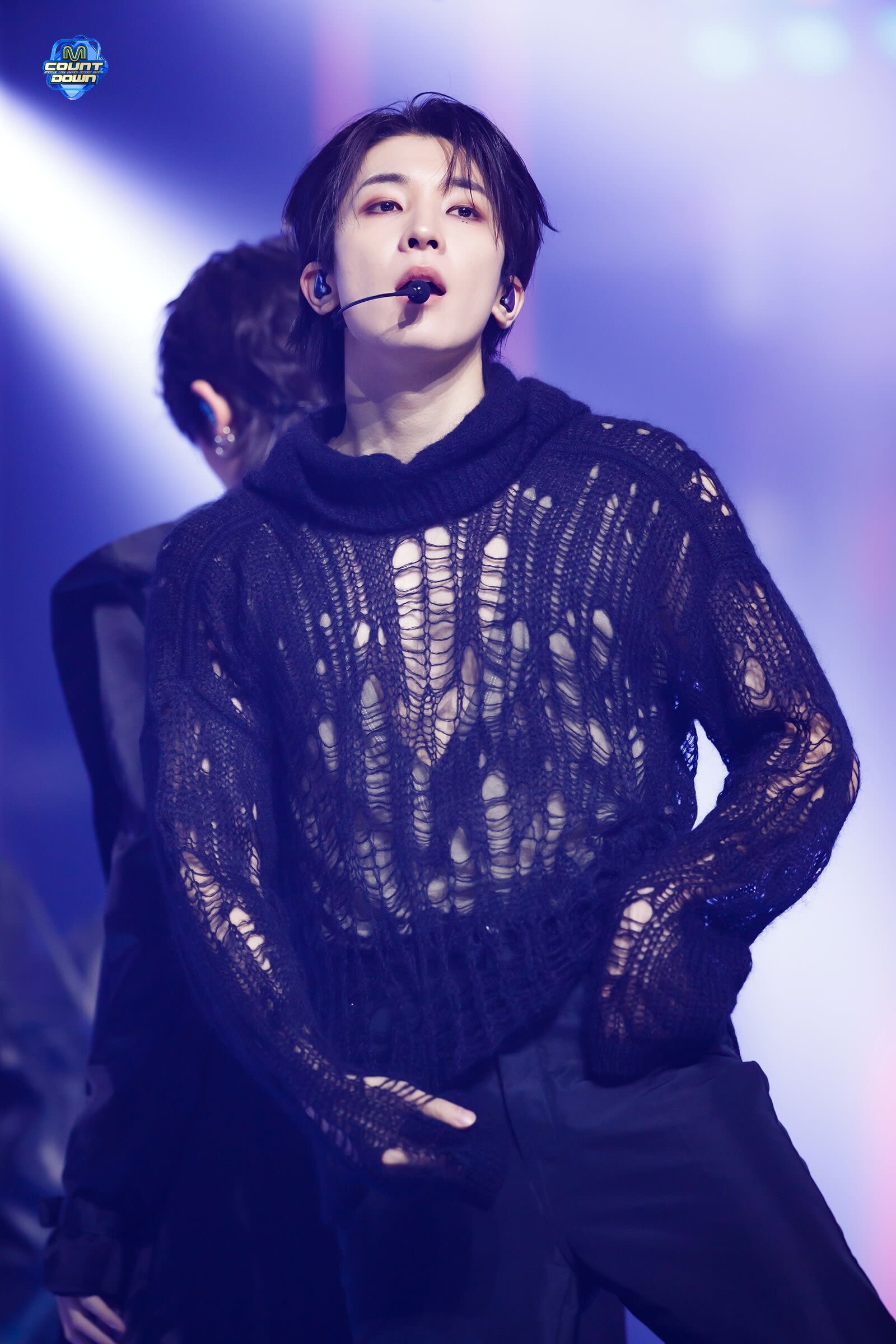

K-pop has become an industry titan in recent times with many groups reaching top charts not only in the country where the genre comes from, but also internationally where it has become mainstream and a part of pop-culture phenomenon. One of the biggest groups that arose from K-pop is BTS which debuted the U.S Billboard 200 charts at number one in May 2018 (Lee et al., 2020), this marked a defining moment, and they became the first and only Asian act to top the authoritative U.S pop culture chart (Lee et al., 2020). Ever since BTS’s success in the international scene, other boy bands have risen to gain as much or the same amount of attraction from the U.S pop culture scene. While the music and choreography are the aspect that is heavily looked at, pop culture critics and the media have also considered their fashion, makeup, and overall “androgynous” styles that these groups have adopted (Lee et al., 2020). Many critics of male K-pop groups have faced ridicule for being gay or feminine while others see their soft, ‘versatile masculinity’ as disrupting masculinity in the United States (Lee et al., 2020) These male groups can be proclaimed as redefining masculinity and conventional male beauty standards by diverting from the normative qualities, such as masculine fashion and styles that are expected of the west for males (Lee et al., 2020).
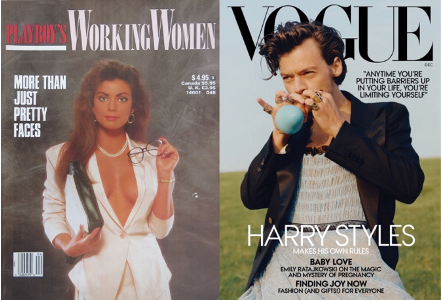
Subversion, Gender Bending and Performances
Right from the time of birth, individuals are subjected to adhere, follow, and nurture a particular gender group and its prescription for lifetime. Consequently, acceptability and recognition in any culture setup Is possible by true submission to the set norms. The societal and cultural institutions have been producing and regulating the gender identities through definition, perception, and legitimacy through actions and speech. Thus, cultural established gender rules proclaimed that certain identities were acceptable and others that trespassed these ideologies could not exist. The so-called gender truth that produced identities was rooted in coherent gender rules and cultural regulatory practices.
Therefore, in academic discussions surrounding the concept of subversion of gender, also known as ‘gender bending’ Judith Butlers’ (1990) writings often served as a foundational framework. Gender bending is situated within the context of gender entanglement, where masculine and feminine stereotypes intertwine in bodily hybridization, leading to the emergence of gender ambiguity.
There appears to be a widespread agreement that gender is primarily a cultural and social construct rather than an innate characteristic.
At the heart of Judith Butlers perspective lies the notion that gender is not a manifestation of inherent essence but rather a performative act.
Gender is conceived as an ongoing performance influenced by historical legacies and social norms. Instead of possessing a fixed gender, individuals actively “do” gender through repeated acts of societal constructs as Butler articulates “if gender is instituted through acts which are internally discontinuous, then the appearance of substance is precisely that, a constructed identity, a performative accomplishment which is mundane social audience including the actors themselves, come to believe and perform in the mode of belief” (Butler 1990).
By recognizing gender as performative rather than expressive, Butler opens space for challenging boundaries through subversive repetitions of gender norms.
This subversion not only questions the hegemonic reality but also creates opportunities for the construction and alteration of gender positions. The convincing performance of “gender bending” can potentially lead to its adoption by audiences, ultimately influencing the broader societal consensus.

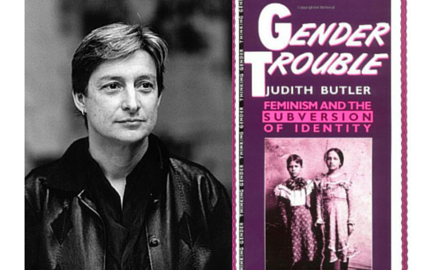
Conclusion
Subversions of gender in media has slowly become something that is widely accepted by most people.
While the concept of subversion of genders is not something new or revolutionary, it has been reclusive when it comes to its representation in media, more so its deeper impact in society when it comes to the representation seen in other media. Gender subversion has become more popular in recent times, this is due to many factors but most importantly is the aspect that society has changed and gender is no longer a concept that ties someone down to a role, such as in the Victorian Era as mentioned, instead gender is more fluid and people are ultimately who they decide to be, and people have let go of their adherences to gender.
With this the media and popular culture have changed themselves when it also comes to gender, mimicking that of larger society’s virtue of what gender is, this is why spaces such as music is able to express themselves more openly regarding gender. Society has changed and with it so has the media and other outlets. Gender subversions, no matter how big or small, is becoming more common and more accepted, it seems the future of this style of media is only rising and becoming more popular.

Reference List:
Lee, J. J., Lee, R. K. Y., & Park, J. H. (2020). Unpacking K-pop in America: The Subversive Potential of Male K-pop Idols’ Soft Masculinity. International Journal of Communication, 14(0), 20. https://ijoc.org/index.php/ijoc/article/view/13514
Selemin, J. (2022, June 27). What Are Gender Roles and Stereotypes? WebMD. https://www.webmd.com/sex-relationships/what-are-gender-roles-and-stereotypes
Connell, R. W. (2005). Masculinities. University of California Press.
NBC News Learn (Director). (2020, May 2). Cultural Shift: Women’s Roles in the 1950s. [Video]. YouTube. https://www.youtube.com/watch?v=zlnH6V83QRA
Smith, A. (2018). The Evolution of Gender Roles in the 20th Century. Gender Studies Journal, 30(3), 112-129.
Butler, J. (1993). Gender is burning: Questions of appropriation and subversion. Film Theory: Critical Concepts in Media and Cultural Studies, 3, 249-66.
Van Bauwel, S. (2003). Power, resistance, and subversion: The boundaries of representing gender benders in popular visual culture. In 5th European Feminist Research Conference, Lund, Sweden.